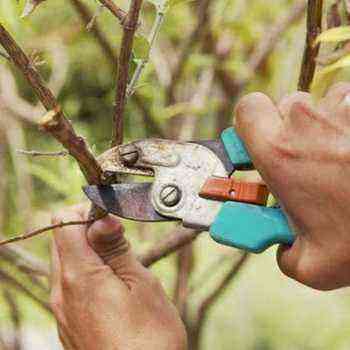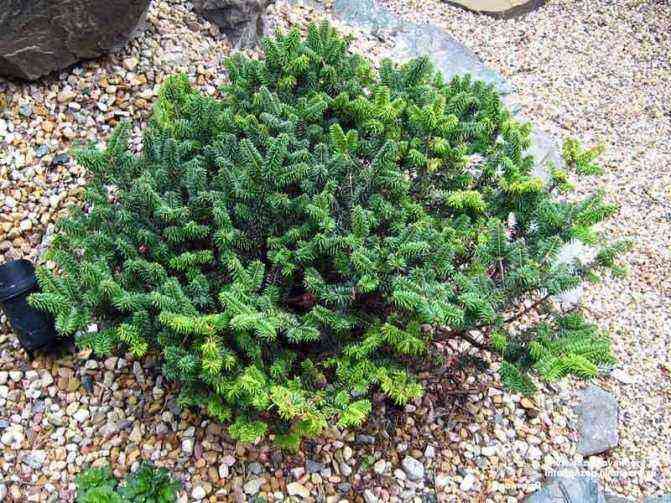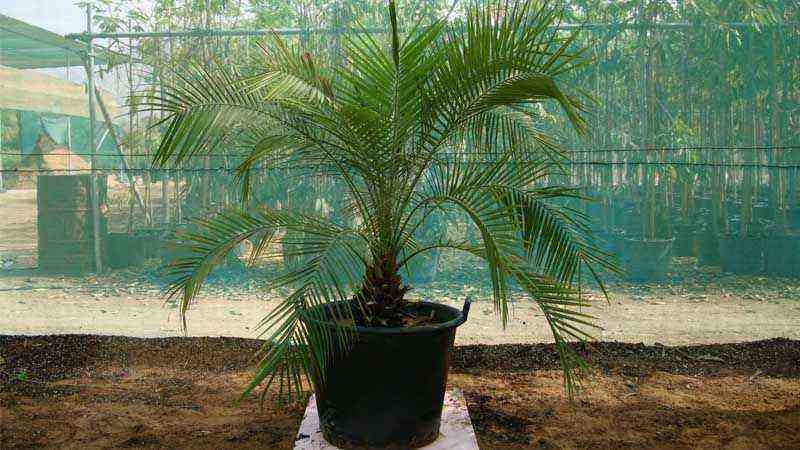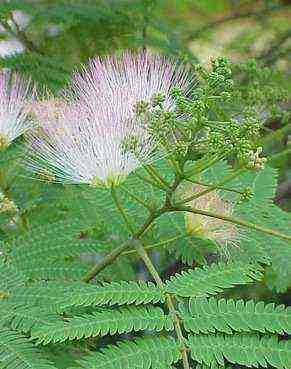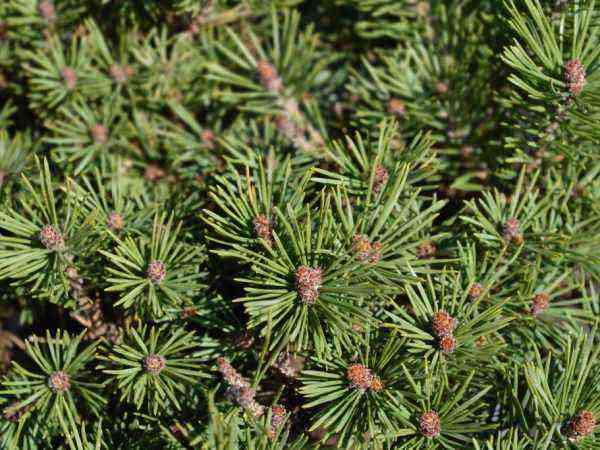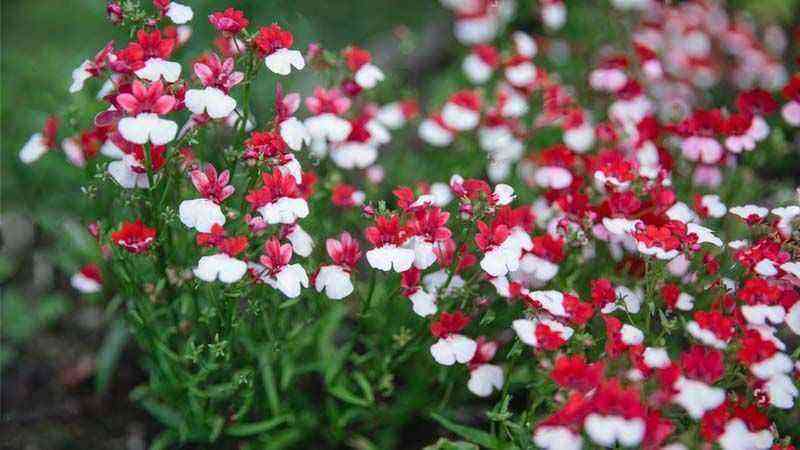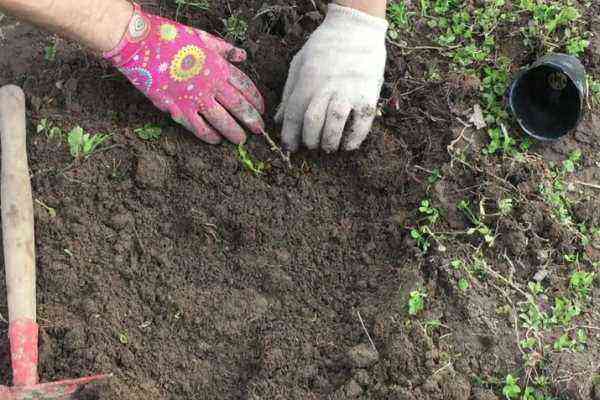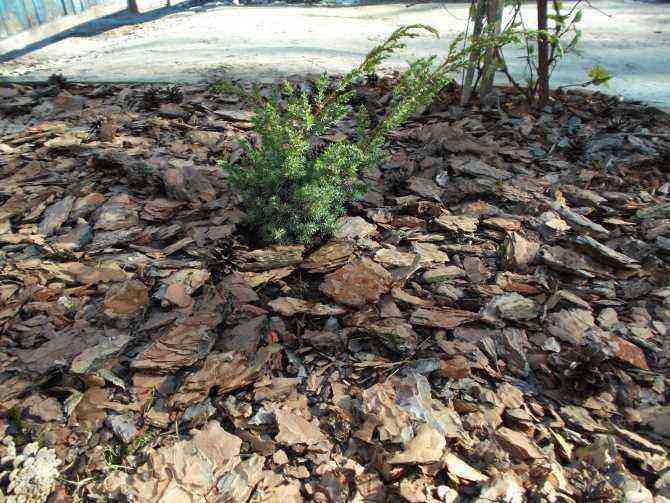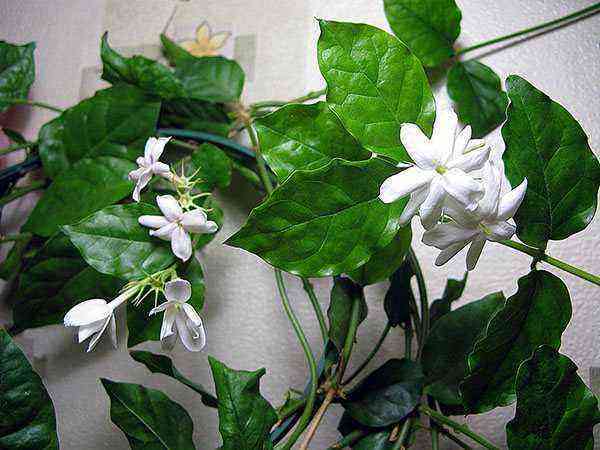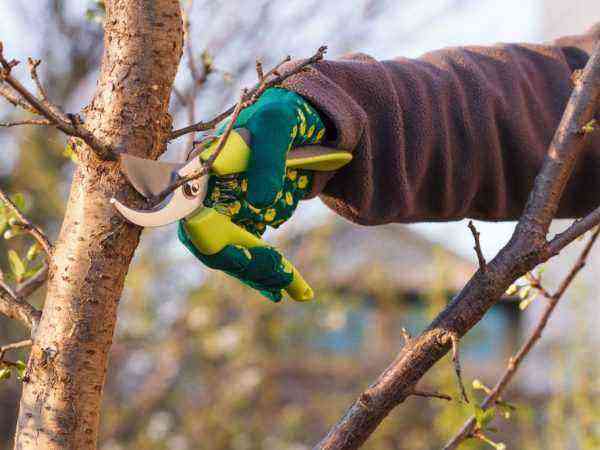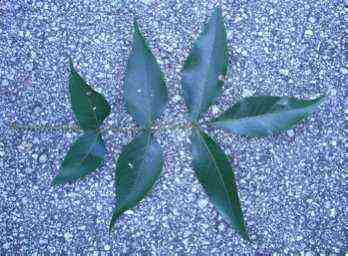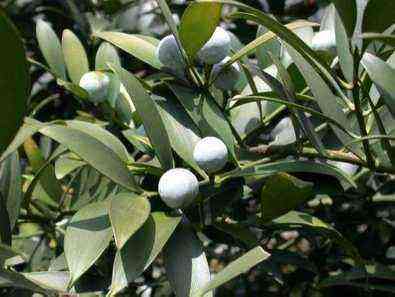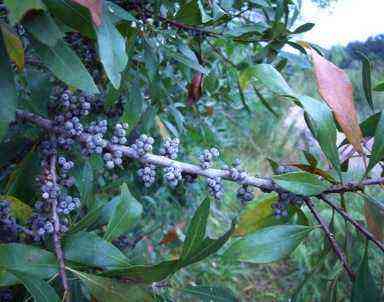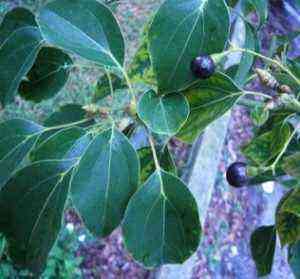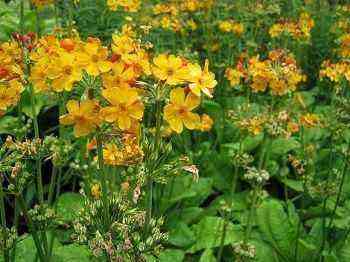 grapefruit – an evergreen plant from the subtropics. Belongs to the genus Citrus. It grows in the USA, Mexico, the Caribbean, Argentina, China, and several countries in the Middle East. The main popularity of this citrus came in the twentieth century, when the fashion for the grapefruit diet appeared. Today they are trying to grow this tree at home. We will tell you about the intricacies of gardening and the benefits of this plant in the article.
grapefruit – an evergreen plant from the subtropics. Belongs to the genus Citrus. It grows in the USA, Mexico, the Caribbean, Argentina, China, and several countries in the Middle East. The main popularity of this citrus came in the twentieth century, when the fashion for the grapefruit diet appeared. Today they are trying to grow this tree at home. We will tell you about the intricacies of gardening and the benefits of this plant in the article.
Botanical description
This evergreen tree usually grows up to 5-6 m. But there are specimens up to 13-15 m high. The crown of the tree is thick, rounded, sometimes conical. The leaves are dark green in color, have an oblong ovoid shape, and reach 15 cm in length. 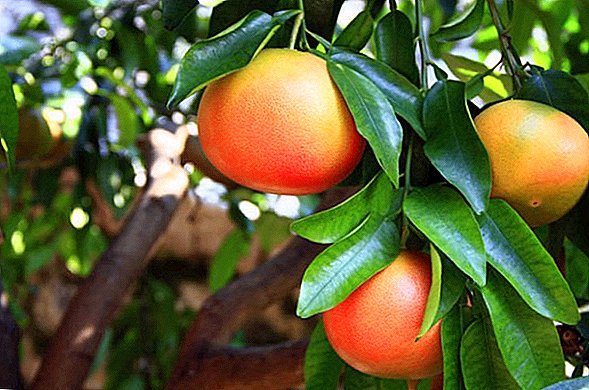 The tree blooms in white. The flowers are large, up to 5 cm in diameter, five-petal. Grapefruit fruits are spherical, slightly flattened along the central axis, reaching 10-15 cm in diameter. Their peel is thick, up to 1,5 cm, the pulp is sweet and sour, with a pronounced bitter tinge.
The tree blooms in white. The flowers are large, up to 5 cm in diameter, five-petal. Grapefruit fruits are spherical, slightly flattened along the central axis, reaching 10-15 cm in diameter. Their peel is thick, up to 1,5 cm, the pulp is sweet and sour, with a pronounced bitter tinge.
Now there are about 20 varieties of grapefruit, which can be divided into 2 groups: white (or yellow) and red. In the first case, the pulp has a yellowish tint, and in the second, a feature is characteristic: the redder the pulp, the sweeter it is.
Did you know? The English name for grapefruit (grapefruit) is derived from a combination of two words: grape (grape) and fruit (fruit), due to the fact that grapefruit sometimes grows in clusters, like grapes.
Exist indoor grapefruit . He, like his wild brother, is evergreen, growing only up to 2 m in height. Another feature of it is tiny thorns on the branches. Flowers and fruits are the same. The peak ripening of indoor grapefruit occurs in November.
Chemical composition
Vitamins in Fresh Pink Grapefruit:
- Riboflavin (B2): 0,02 mg;
- ascorbic acid (C): 44 mg.
 Fresh Pink Grapefruit Minerals:
Fresh Pink Grapefruit Minerals:
- calcium: 9 mg;
- iron: 0,2 mg;
- magnesium: 12 mg;
- phosphorus: 15 mg;
- potassium: 162 mg;
- sodium: 1 mg;
- Zinc: 0,05 mg.
Nutritional and calorie content
Nutritional information for 100 g of fresh pink grapefruit:
- water: 86-89 g;
- proteins: 0,5 g;
- fats: monounsaturated (0,013 g), polyunsaturated (0,024 g);
- carbohydrates: 9,2 g
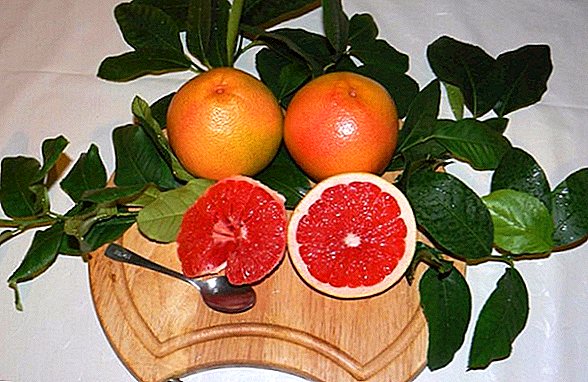 Energy value: 39 kcal / 163 kJ.
Energy value: 39 kcal / 163 kJ.
Learn more about the health benefits of fruits such as lychee, lux, longan, kumquat, actinidia, medlar, ziziphus, physalis, citron and okra.
Useful Properties
The antioxidants in citrus fruits can lower cholesterol levels. It is enough to eat 1 fruit a day to keep the amount of cholesterol in the blood normal. This “diet” is very important for the heart, people with circulatory disorders.
Grapefruit juice can increase the acidity of the stomach, so it is recommended for those who suffer from low acidity.  Inositol (vitamin B8) prevents the accumulation of fats and toxins in the liver, and also helps to eliminate harmful substances from the body.
Inositol (vitamin B8) prevents the accumulation of fats and toxins in the liver, and also helps to eliminate harmful substances from the body.
Naringin accelerates metabolic processes, improves bowel function, improves digestion. It is this element that helps to lose those extra pounds.
Grapefruit has a low glycemic index, which naturally reduces blood sugar levels.
Important! You must be extremely careful when consuming grapefruit with certain medications. A number of fruit components interfere with medications, which can lead to overdose. Therefore, in this case, you should consult a doctor.
Fruit seed extract is endowed with antimicrobial and antifungal properties. Because of this, it is often added to antiviral drugs. The oil obtained from the seeds of the seeds is widely used in cosmetology and perfumery.
Growing up
Indoor grapefruit is usually grown to decorate a veranda or conservatory. Most often, varieties are used for these purposes. “Dukan” и “Marshal” .
In its natural habitat, the evergreen is accustomed to a humid, hot climate with many sunny days a year. Therefore, you need to try very hard to create a suitable microclimate for him in the house.
Rules of landing
Any store-bought grapefruit contains enough seeds that can be used for germination.
It is advisable to choose a ripe sweet fruit and find in it a couple of the largest seeds of the correct shape. No special preparation is required before planting seeds. 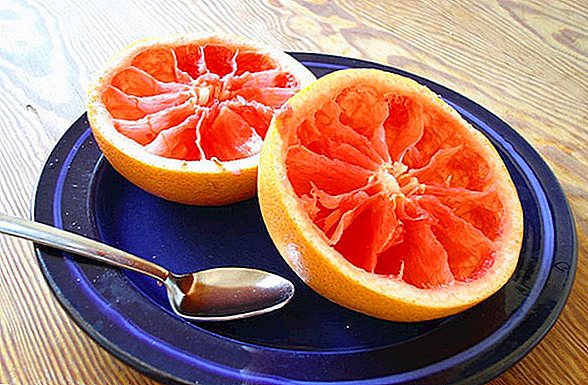 Selected seeds are immersed in a special citrus substrate to a depth of 2-3 cm. The soil should be slightly damp. If it is not possible to purchase a substrate, then you can mix sand with humus or flower soil with peat and sand, and bury seeds in this mixture. To create a certain microclimate for germination, the potted stone is covered with a bag or glass. The soil should be moist at all times. Place the pot in a warm, sunny place.
Selected seeds are immersed in a special citrus substrate to a depth of 2-3 cm. The soil should be slightly damp. If it is not possible to purchase a substrate, then you can mix sand with humus or flower soil with peat and sand, and bury seeds in this mixture. To create a certain microclimate for germination, the potted stone is covered with a bag or glass. The soil should be moist at all times. Place the pot in a warm, sunny place.
The time of emergence of the first shoots depends on the citrus variety and can take from 1 week to several months. As soon as the first pair of leaves have blossomed, clean the pot of cellophane or glass and leave it in a bright room, but in a place where direct rays cannot enter the pot.
When the tree grows to 10-13 cm, it must be transplanted into a large container. When transplanting, be careful with the root system – it is very delicate and fragile.  If you decide to increase the number of citrus trees or do not want to wait a long time for seedlings to appear, then you can plant grapefruit using cuttings.
If you decide to increase the number of citrus trees or do not want to wait a long time for seedlings to appear, then you can plant grapefruit using cuttings.
It is interesting to read about the home cultivation of citrus crops – three-leaf poncirus, lemon, calamondine, citron, orange tree and tangerine, as well as about its diseases and pests.
It is advisable to take them from fruit trees. Cuttings suitable for planting should be over 10 cm long. It is planted in wet river sand without clay, previously disinfected with boiling water.
The lowest leaves need to be cut off. To make the sprout faster, its cut can be treated with a special compound for accelerated growth. Deepen the sprout 2 cm into the soil. It is advisable to plant the cutting not in a pot, but in a plastic bottle cut in half.
Make some drainage holes at the bottom, and cover the cutting at the top. Put the future tree in a bright, warm place, water it regularly. The tree should be repotted when root shoots appear.
Lighting and site selection
Grapefruit is a light-loving plant. It requires 10-12 hours of daylight hours, so it is advisable to mix it near a window on the south, east or west side, or on a balcony. If it is possible to place the plant only on the north side, then lamps should be placed around for additional lighting. They will be needed during the period of decreasing daylight.
Important! The tree does not like to be moved from place to place or simply turned over. Can “take offense” and throw off some of the foliage, color or ovary.
Spraying a seedling
Spraying a grapefruit seedling is necessary to create a special microclimate around the plant. By spraying a tree, you humidify the air around it, which means that the leaves lose less moisture due to evaporation from the surface.
Particular attention should be paid to transplanted or rooted trees. Such plants are very sensitive to the slightest changes in climate.
It is recommended to spray citrus fruits 2-3 times a day with water at room temperature.
Substrate and fertilizer
The best soil for a plant is a mixture of sod, leafy soil with humus, peat and sand in a ratio of 2: 1: 1: 1: 1. Drainage from expanded clay, crushed stone or foam is imperative. They cover the bottom of the pot with a layer 5-8 cm thick.
The soil should be loose, well-ventilated and with a sufficient amount of macro- and microelements. Iron is an essential element for normal growth. 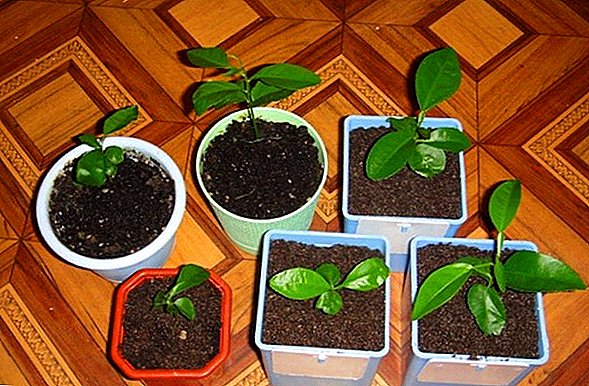 Therefore, several nails can be placed on the bottom of the pot. Avoid oversaturation of the soil with calcium: the element prevents the ingress of trace elements into the plant.
Therefore, several nails can be placed on the bottom of the pot. Avoid oversaturation of the soil with calcium: the element prevents the ingress of trace elements into the plant.
Temperature
Freshly planted seeds should be stored at temperatures between 25 ° C and above. You should also protect them from drafts. In the summer, the grown sprouts will be comfortable on the balcony in the open air. The main thing is to avoid direct sunlight. In autumn and winter, the plant will feel good in a bright, cozy room with a temperature of 5-6 ° C and moderate humidity.
Humidity and watering
If the edges of the leaves begin to dry out, it means that the plant does not have enough moisture and the air in the room is very dry. Pay close attention to the humidity of the air: it should be on average 50-60%.
In winter, it is enough to water the plant once a week. In summer – more often 2-3 times within 7 days. The amount of water required for irrigation is determined empirically. If you add too much water, it should drain out.
You may be interested to read about how to make drip irrigation from improvised tools or plastic bottles with your own hands, as well as learn about the benefits of automatic irrigation.
Observe the condition of the soil under the tree. If it has dried and hardened on the surface, then after a couple of days you can water again. Do not let the roots rot. Grapefruit is very sensitive to water composition – it is not suitable for chlorinated water. Use slightly warmed melt or rainwater. As a last resort, boil tap water and let it cool or let it stand for a few days.
Transfer
Indoor grapefruit is transplanted annually. As soon as the pot becomes crowded, it is necessary to transplant the tree into a larger container. 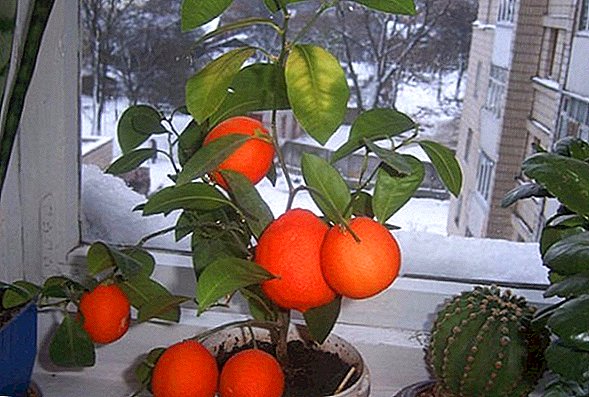 If you planted the plant in the largest container you can buy, then twice a year you will need to remove the top layer of soil, and pour a new mixture of soil and humus in its place.
If you planted the plant in the largest container you can buy, then twice a year you will need to remove the top layer of soil, and pour a new mixture of soil and humus in its place.
This will restore the mineral reserves of the soil.
We transmit
By planting indoor citrus trees, you can bring them to fruition. The vaccine can be taken from a similar fruit tree or from a different species.
Usually a “peephole” or a stalk is grafted. The best time for vaccination is the period from mid-April to early May, when the active movement of sap in the plant begins. Vaccination is possible in August. The key to successful “exploitation” is cleanliness, speed, accuracy. In order for everything to go as well as possible, you should prepare all the necessary items in advance.
For “ocular” inoculation, select the most mature bud, carefully cut it with the bark and place it on the stock (the plant to be inoculated). Be sure to try combining the cambium layers of the rootstock and scion.
Vacuum the top with special tape and cover with cellophane. The kidney survives after a couple of weeks. A yellowed petiole will indicate a successful inoculation. 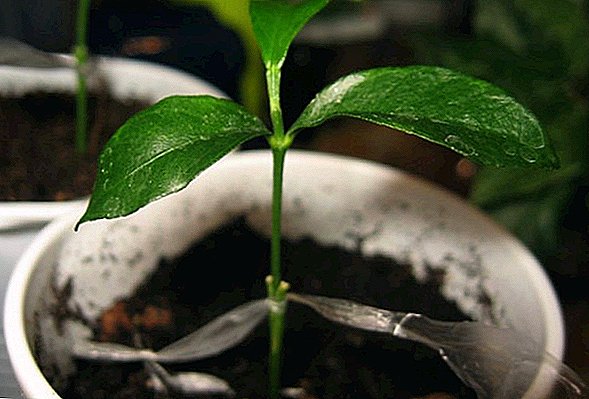 When grafting a cutting onto a stock, cut off a branch that has been previously wiped from dirt. Make the cut horizontal. Next, make a longitudinal incision on the bark from the cut to the bottom by 1,5-2 cm. Remove the bark lightly and place the cutting in the cut.
When grafting a cutting onto a stock, cut off a branch that has been previously wiped from dirt. Make the cut horizontal. Next, make a longitudinal incision on the bark from the cut to the bottom by 1,5-2 cm. Remove the bark lightly and place the cutting in the cut.
Press the bark back to the branch and wrap the vaccination site with special tape. Also create a special microclimate and periodically ventilate the place of “work”. The successful completion of the manipulations will be indicated by yellowed and fallen leaves from the cutting. If they are dry and blackened, then nothing happened.
Diseases and pests
The most common pests of home grapefruit are red spider mites, worms and mealybugs. The appearance of this misfortune is evidenced by the yellowing of the foliage, its deformation, falling off. Holes appear on the leaves on the underside, similar to holes from a needle prick. Tiny brown or gray-brown spots may also appear – these are pest eggs. The foliage is covered with a thin cobweb, sticky bloom.
Processing will help to overcome the attack:
- a soap solution prepared from 30 g of soap and a drop of dishwashing detergent; mix everything in 1 bucket of water;
- an oil solution of a few drops of rosemary essential oil, diluted in 1 liter of water;
- alcohol solution (tincture of calendula).
Learn more about how to deal with spider mites and scale insects on indoor plants.
In any of the above solutions, a cotton pad is moistened and the whole plant is wiped with it, pests and their waste products are removed.
You can then spray the tree with the remaining solution. If home remedies are not working, it is worth purchasing chemicals from garden stores.
Often the grapefruit tree infects viral or fungal infections. These include gummosis or gum therapy. This primarily affects the bark at the base of the plant. It quickly dies off and disappears, and in its place a light yellow liquid is visible.
To overcome the attack, the diseased bark is cut off and the affected areas are treated with garden pitch or Bordeaux mixture.
Growth problems
Grapefruit is a very sensitive and capricious plant, so all the problems that may arise during its cultivation will be associated with non-observance of climatic conditions. So, if in winter, when the plant should “rest”, the temperature in the room is too high, then the growth of the tree may resume, which will lead to its exhaustion.
Did you know? The first name for grapefruit is “forbidden fruit”. It was donated by the Welsh botanist priest Griffiths Hughes in 1750.
Failure to comply with watering norms will lead to the fall of foliage, flowers and fruits. Without proper feeding, there will be no rapid growth.
Fruit storage conditions
Ripe fruits are stored for a long time. Maturity affects the shelf life: the more ripe the fruit, the less it lies. It is best to store grapefruit in the refrigerator. In such conditions, it can lie for up to 10 days, then it begins to dry out and lose its taste and aroma.  If you want to stock up on fruits for future use, then collect the unripe fruits, place them in a room with a temperature of 7 to 12 ° C and a humidity of 85-95%. In such conditions, grapefruits lie for more than one month.
If you want to stock up on fruits for future use, then collect the unripe fruits, place them in a room with a temperature of 7 to 12 ° C and a humidity of 85-95%. In such conditions, grapefruits lie for more than one month.
As you can see, it is possible to grow a grapefruit at home, but it is very troublesome and painstaking. It is necessary to wait more than one year until the tree can bear fruit. And before that, you need to take care of him like a baby.


